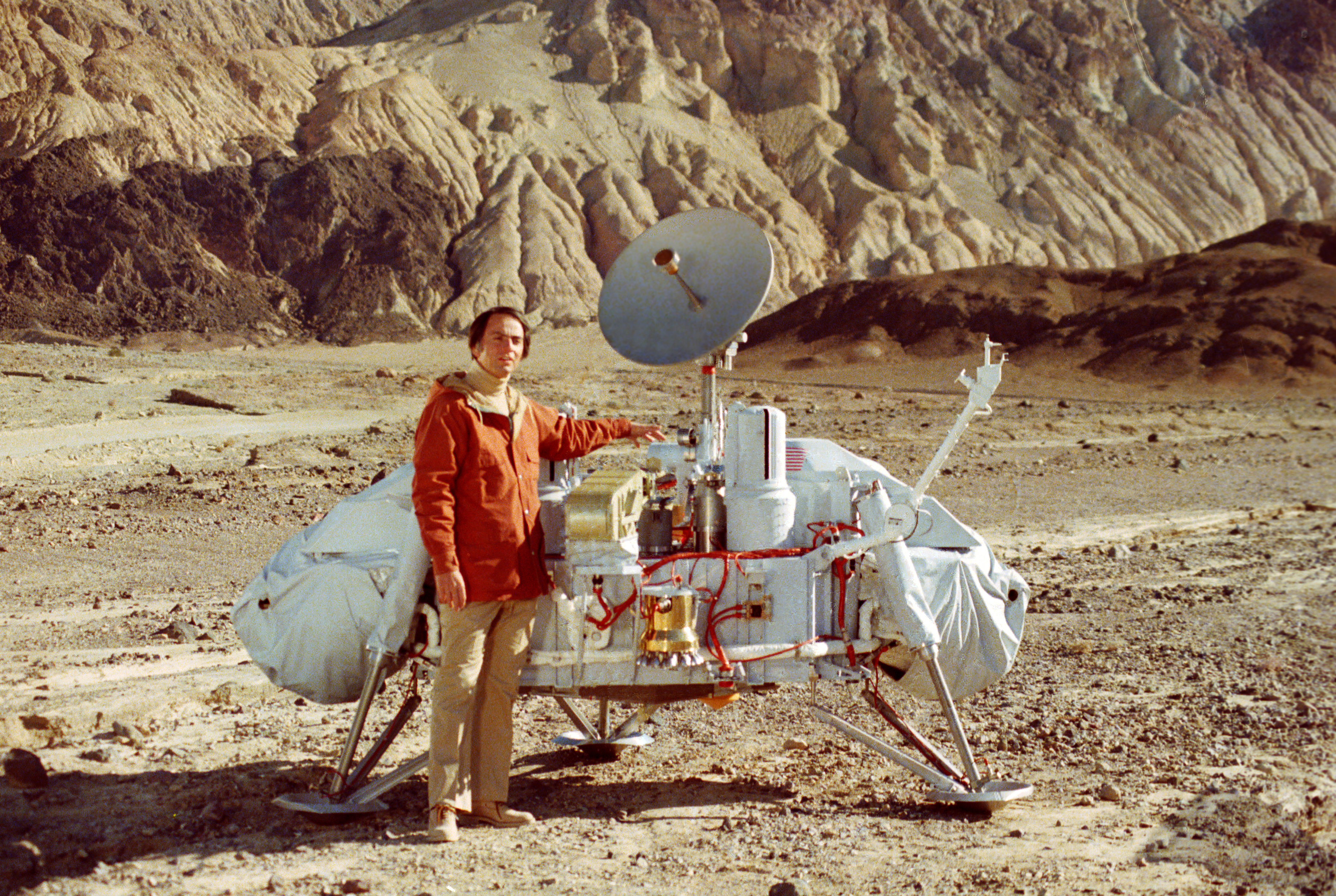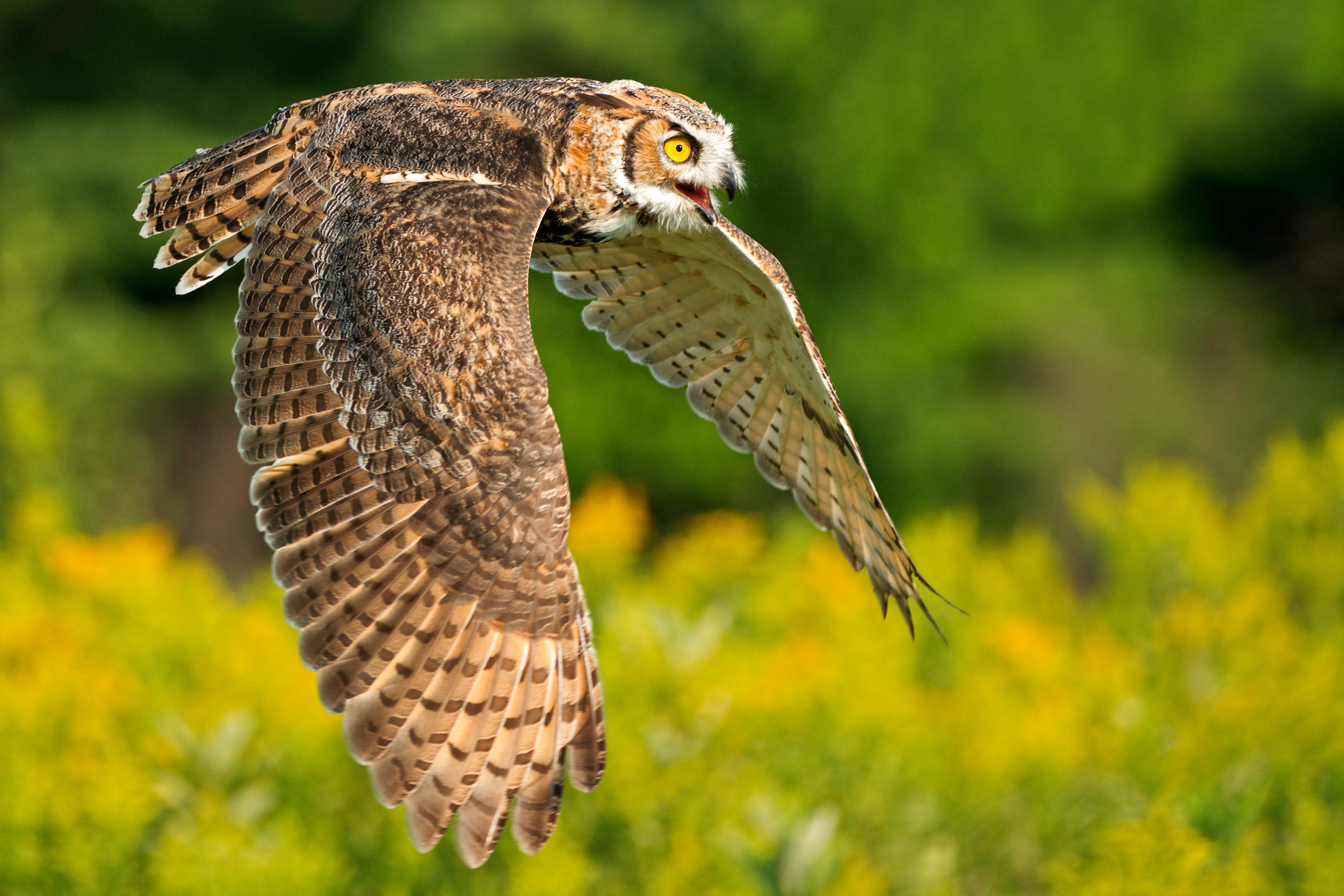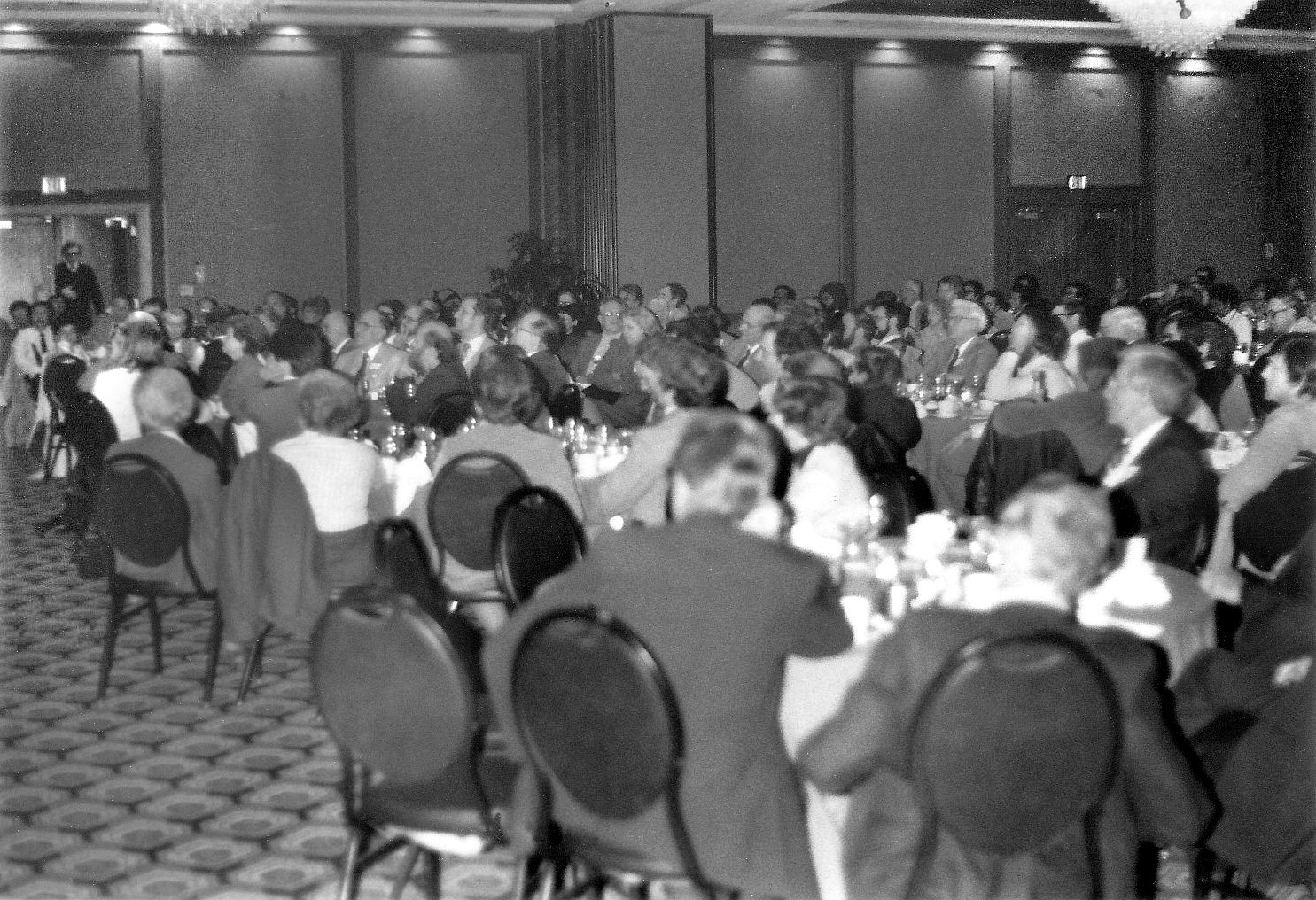|
Kelly–Hopkinsville Encounter
The Kelly–Hopkinsville encounter (also known as the Hopkinsville Goblins Case or Kelly Green Men Case) is a claimed close encounter with extraterrestrial beings that occurred near the communities of Kelly and Hopkinsville in Christian County, Kentucky, United States during the night and early morning of August 21–22, 1955. UFOlogists regard it as one of the most significant and well-documented cases in the history of UFO incidents, while skeptics maintain there was no actual physical evidence that the encounter ever took place and the reports were due to "the effects of excitement" and misidentification of natural phenomena such as meteors and owls. The alleged encounter was officially classified as a hoax in the Project Blue Book files by the United States Air Force. Psychologists have used the alleged incident as an academic example of pseudoscience to help students distinguish truth from fiction. Claims On the evening of August 21, 1955, five adults and seven children ... [...More Info...] [...Related Items...] OR: [Wikipedia] [Google] [Baidu] |
Close Encounter
In ufology, a close encounter is an event in which a person witnesses an unidentified flying object (UFO) at relatively close range, where the possibility of mis-identification is presumably greatly reduced. This terminology and the system of classification behind it were first suggested in astronomer and UFO researcher J. Allen Hynek's book ''The UFO Experience: A Scientific Inquiry'' (1972). Categories beyond Hynek's original three have been added by others but have not gained universal acceptance, mainly because they lack the scientific rigor that Hynek aimed to bring to ufology. Distant sightings more than from the witness are classified as ''daylight discs'', ''nocturnal lights'', or ''radar/visual reports''. Sightings within about are sub-classified as various types of close encounters. Hynek and others argued that a claimed close encounter must occur within about to greatly reduce or eliminate the possibility of misidentifying conventional aircraft or other known phenom ... [...More Info...] [...Related Items...] OR: [Wikipedia] [Google] [Baidu] |
Fort Campbell
Fort Campbell is a United States Army installation located astride the Kentucky–Tennessee border between Hopkinsville, Kentucky and Clarksville, Tennessee (post address is located in Kentucky). Fort Campbell is home to the 101st Airborne Division and the 160th Special Operations Aviation Regiment. The fort is named in honor of Union Army Brigadier General William Bowen Campbell, the last Whig Governor of Tennessee. History The site for Fort Campbell was selected on September 9, 1941, and the Title I Survey was completed November 15, 1941, coincidentally the same time the Japanese Imperial Fleet was leaving Japanese home waters for the attack on Pearl Harbor. Construction of Camp Campbell began on January 12, 1942. Within a year, the reservation designated as Camp Campbell was developed to accommodate one armored division and various support troops, with a total size of , and billets for 2,422 officers and 45,198 enlisted personnel. Due to its close proximity to Nashvil ... [...More Info...] [...Related Items...] OR: [Wikipedia] [Google] [Baidu] |
Foxfire
Foxfire, also called fairy fire and chimpanzee fire, is the bioluminescence created by some species of fungi present in decaying wood. The bluish-green glow is attributed to a luciferase, an oxidative enzyme, which emits light as it reacts with a luciferin. The phenomenon has been known since ancient times, with its source determined in 1823. Description Foxfire is the bioluminescence created by some species of fungi present in decaying wood. It occurs in a number of species, including '' Panellus stipticus'', '' Omphalotus olearius'' and '' Omphalotus nidiformis''. The bluish-green glow is attributed to luciferin, which emits light after oxidation catalyzed by the enzyme luciferase. Some believe that the light attracts insects to spread spores, or acts as a warning to hungry animals, like the bright colors exhibited by some poisonous or unpalatable animal species. Although generally very dim, in some cases foxfire is bright enough to read by. History The oldest recorded doc ... [...More Info...] [...Related Items...] OR: [Wikipedia] [Google] [Baidu] |
Jerome Clark
Jerome Clark (born November 27, 1946)"Jerome Clark". ''Contemporary Authors Online''. June 12, 2002. Retrieved on April 11, 2012. is an American writer, specializing in unidentified flying objects and other paranormal subjects. He has appeared on ABC News Special Report, '' Unsolved Mysteries'', '' Sightings'' and the A&E Network discussing UFOs and other oddities. Clark is also a country and folk music songwriter. Biography Clark was born and raised in Canby, Minnesota, attending South Dakota State University and Moorhead State College. He has served as a writer, reporter, and editor for a number of magazines which cover UFOs and other paranormal subjects. He has been an editor of '' Fate'' magazine and ''International UFO Reporter'', and a member of the board of directors for the Center for UFO Studies. Clark authored the multi-volume ''The UFO Encyclopedia: The Phenomenon From The Beginning'' with its first edition published in 1992. ''Library Journal'' stated in it ... [...More Info...] [...Related Items...] OR: [Wikipedia] [Google] [Baidu] |
Brian Dunning (author)
Brian Andrew Dunning (born 1965) is an American writer and producer who focuses on science and skepticism. He has hosted a weekly podcast, ''Skeptoid'', since 2006, and he is an author of a series of books on the subject of scientific skepticism, some of which are based on the podcast. ''Skeptoid'' has been the recipient of several podcast awards such as the Parsec Award. Dunning has also created the ''Skeptoid.org'' spin-off video series, ''inFact'', and ''The Feeding Tube'' both available on YouTube. Dunning has produced two educational films on the subject of critical thinking: ''Here Be Dragons'' in 2008, and ''Principles of Curiosity'' in 2017. Dunning co-founded Buylink, a business-to-business service provider, in 1996, and served at the company until 2002. He later became eBay's second-biggest affiliate marketer; he has since been convicted of wire fraud through a cookie stuffing scheme, for his company fraudulently obtaining between $200,000 and $400,000 from eBay. In ... [...More Info...] [...Related Items...] OR: [Wikipedia] [Google] [Baidu] |
Joe Nickell
Joe Herman Nickell (December 1, 1944 – March 4, 2025) was an American skeptic and investigator of the paranormal. Nickell was a senior research fellow for the Committee for Skeptical Inquiry and wrote regularly for their journal, '' Skeptical Inquirer''. He was also an associate dean of the Center for Inquiry Institute. He was the author or editor of over 30 books. Among his career highlights, Nickell helped expose the James Maybrick "Jack the Ripper Diary" as a hoax. In 2002, Nickell was one of a number of experts asked by scholar Henry Louis Gates Jr. to evaluate the authenticity of the manuscript of Hannah Crafts' '' The Bondwoman's Narrative'' (1853–1860), possibly the first novel by an African-American woman. At the request of document dealer and historian Seth Keller, Nickell analyzed documentation in the dispute over the authorship of "The Night Before Christmas", ultimately supporting the Clement Clarke Moore claim. Background Joe Nickell was the son of J. W ... [...More Info...] [...Related Items...] OR: [Wikipedia] [Google] [Baidu] |
Critical Thinking
Critical thinking is the process of analyzing available facts, evidence, observations, and arguments to make sound conclusions or informed choices. It involves recognizing underlying assumptions, providing justifications for ideas and actions, evaluating these justifications through comparisons with varying perspectives, and assessing their rationality and potential consequences. The goal of critical thinking is to form a judgment through the application of rational, skeptical, and unbiased analyses and evaluation. In modern times, the use of the phrase ''critical thinking'' can be traced to John Dewey, who used the phrase ''reflective thinking,'' which depends on the knowledge base of an individual; the excellence of critical thinking in which an individual can engage varies according to it.Piergiovanni, P. R.Creating a Critical Thinker ''College Teaching'', Vol. 62, No. 3 (July–September 2014), pp. 86-93, accessed 26 January 2023 According to philosopher Richard W. Paul, ... [...More Info...] [...Related Items...] OR: [Wikipedia] [Google] [Baidu] |
Sagan Standard
"Extraordinary claims require extraordinary evidence" (sometimes shortened to ECREE), also known as the Sagan standard, is an aphorism popularized by science communicator Carl Sagan. He used the phrase in his 1979 book '' Broca's Brain'' and the 1980 television program ''Cosmos''. It has been described as fundamental to the scientific method and is regarded as encapsulating the basic principles of scientific skepticism. The concept is similar to Occam's razor in that both heuristics prefer simpler explanations of a phenomenon to more complicated ones. In application, there is some ambiguity regarding when evidence is deemed sufficiently "extraordinary". It is often invoked to challenge data and scientific findings, or to criticize pseudoscientific claims. Some critics have argued that the standard can suppress innovation and affirm confirmation biases. Philosopher David Hume characterized the principle in his 1748 essay " Of Miracles". Similar statements were made by figures ... [...More Info...] [...Related Items...] OR: [Wikipedia] [Google] [Baidu] |
Scott Lilienfeld
Scott Owen Lilienfeld (December 23, 1960 – September 30, 2020) was a professor of psychology at Emory University and advocate for Evidence-based practice, evidence-based treatments and methods within the field. He is known for his books ''50 Great Myths of Popular Psychology'', ''Brainwashed'', and others that explore and sometimes Debunker, debunk psychological claims that appear in the popular press. Along with having his work featured in major U.S. newspapers and journals such as ''The New York Times'', ''The New Yorker'', and ''Scientific American'', Lilienfeld made television appearances on 20/20 (U.S. TV series), ''20/20'', CNN and the ''CBS Evening News''. Background Lilienfeld was born on December 23, 1960, to Ralph and Thelma Lilienfeld of New York, N.Y.(in the Borough of Queens). Growing up, he was interested in paleontology and astronomy, but decided to study psychology after a high school course, then later a few college courses, piqued his interest. He has stated: ... [...More Info...] [...Related Items...] OR: [Wikipedia] [Google] [Baidu] |
Great Horned Owl
The great horned owl (''Bubo virginianus''), also known as the tiger owl (originally derived from early naturalists' description as the "winged tiger" or "tiger of the air") or the hoot owl, is a large owl native to the Americas. It is an extremely adaptable bird with a vast range and is the most widely distributed true owl in the Americas. Its primary diet is Leporidae, rabbits and hares, New World rats and mice, rats and mice, and voles, although it freely hunts any animal it can overtake, including rodents and other small mammals, larger mid-sized mammals, birds, reptiles, amphibians, and invertebrates. In ornithological study, the great horned owl is often compared to the Eurasian eagle-owl (''Bubo bubo''), a closely related species, which occupies the same ecological niche in Eurasia despite its notably larger size. The great horned owl is also compared to the red-tailed hawk (''Buteo jamaicensis''), with which it often shares similar habitat, prey, and nesting habits by day ... [...More Info...] [...Related Items...] OR: [Wikipedia] [Google] [Baidu] |
Kentucky New Era
The ''Kentucky New Era'' is the major daily newspaper in Hopkinsville, Kentucky, in the United States. History The paper was founded in 1869 by John D. Morris and Asher Graham Caruth, as the ''Weekly Kentucky New Era.''Brief History of Kentucky New Era, Inc. ''Kentucky New Era'' website, Retrieved March 31, 2010Todd County Kentucky, Family History (1995)() In 1881, attorney Hunter Wood (1845–1920) became sole owner of the paper. Daily publication began in 1888, although the weekly also continued publication until World War II. [...More Info...] [...Related Items...] OR: [Wikipedia] [Google] [Baidu] |
Committee For Skeptical Inquiry
The Committee for Skeptical Inquiry (CSI), formerly known as the Committee for the Scientific Investigation of Claims of the Paranormal (CSICOP), is a program within the U.S. non-profit organization Center for Inquiry (CFI), which seeks to "promote scientific inquiry, critical investigation, and the use of reason in examining controversial and extraordinary claims." Paul Kurtz proposed the establishment of CSICOP in 1976 as an independent non-profit organization (before merging with CFI as one of its programs in 2015), to counter what he regarded as an uncritical acceptance of, and support for, paranormal claims by both the media and society in general. Its philosophical position is one of scientific skepticism. CSI's fellows have included notable scientists, Nobel laureates, philosophers, psychologists, educators, and authors. It is headquartered in Amherst, New York. History The committee was officially launched on April 30, 1976, and was co-chaired by Paul Kurtz an ... [...More Info...] [...Related Items...] OR: [Wikipedia] [Google] [Baidu] |






